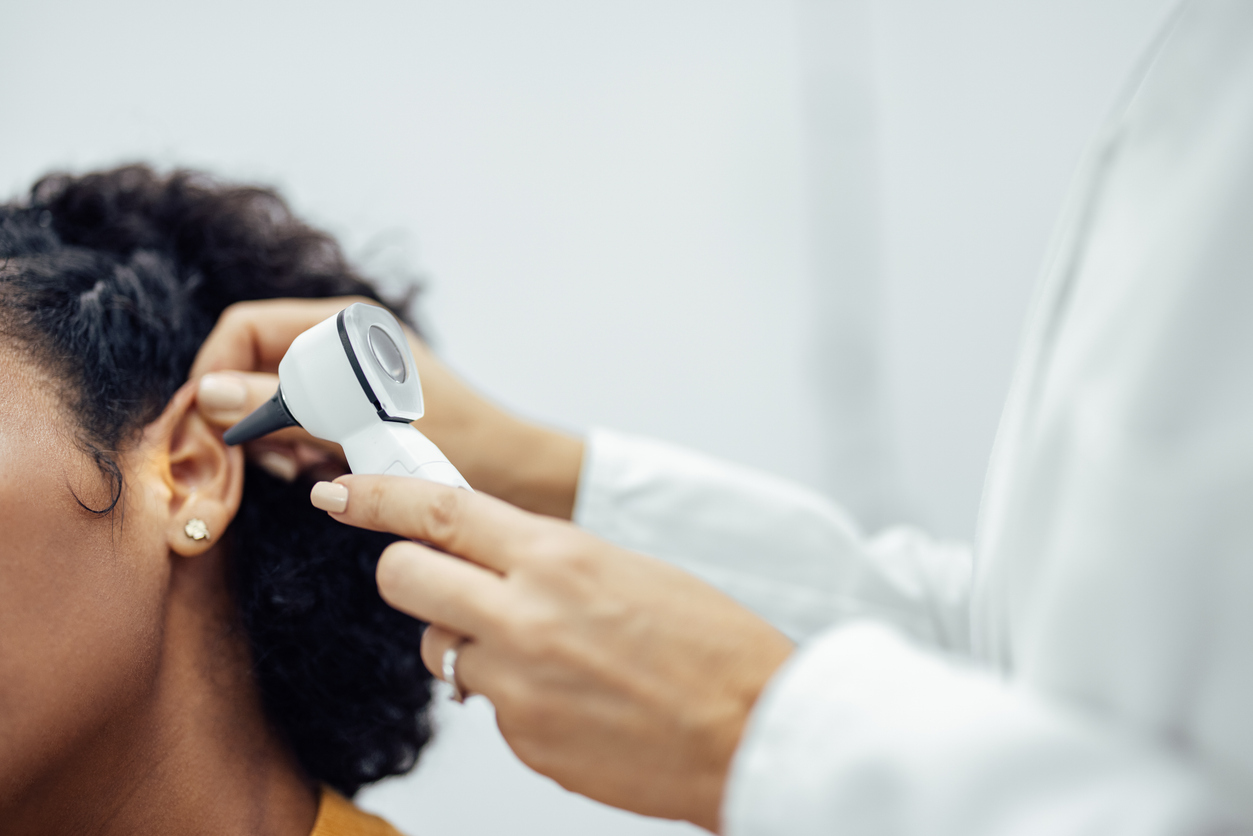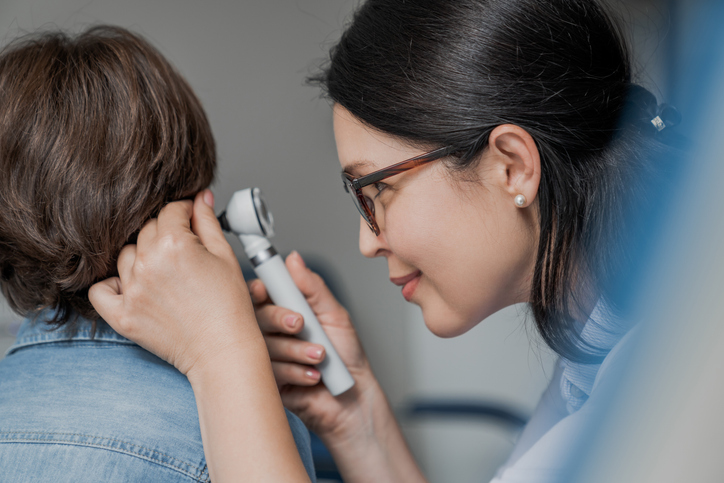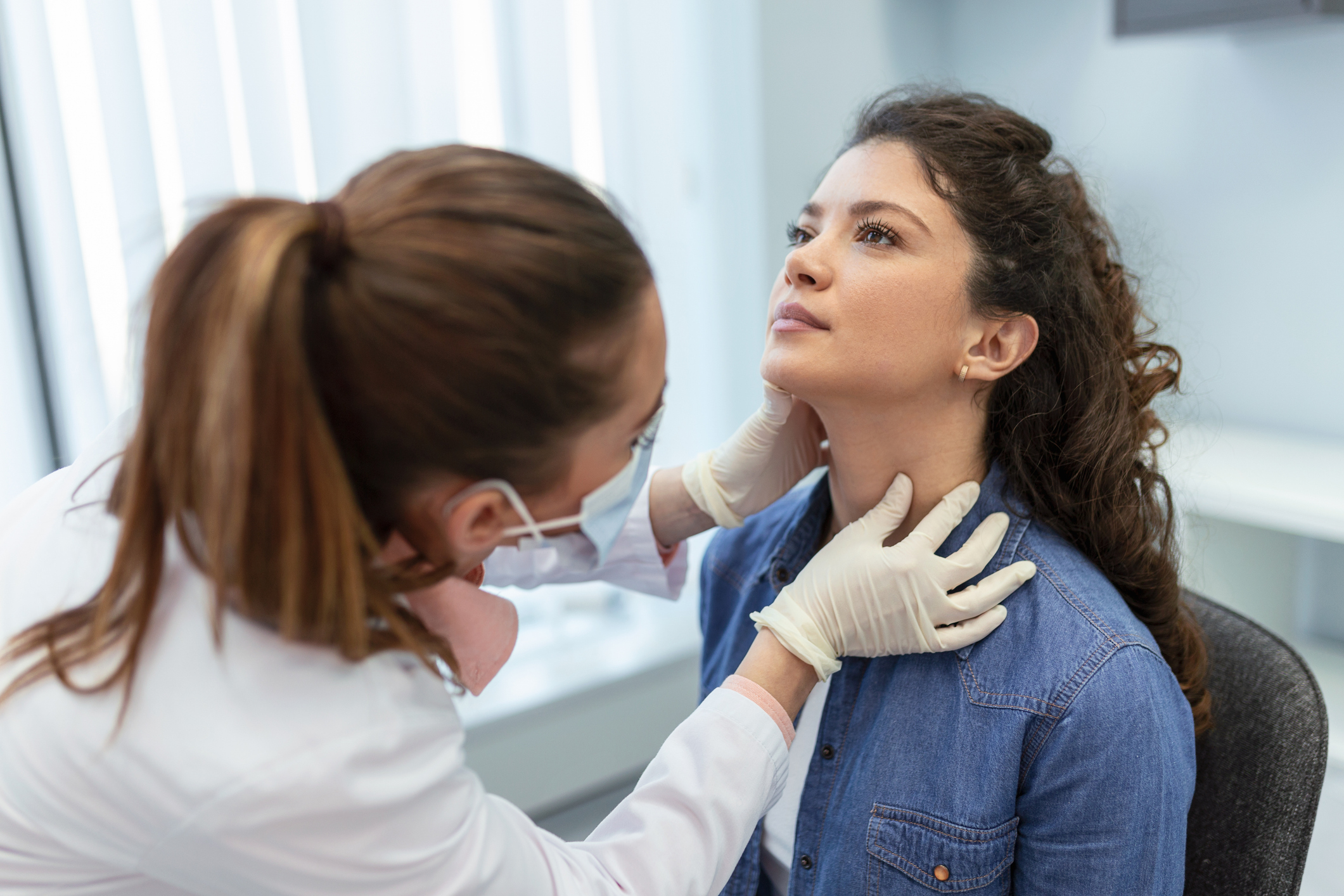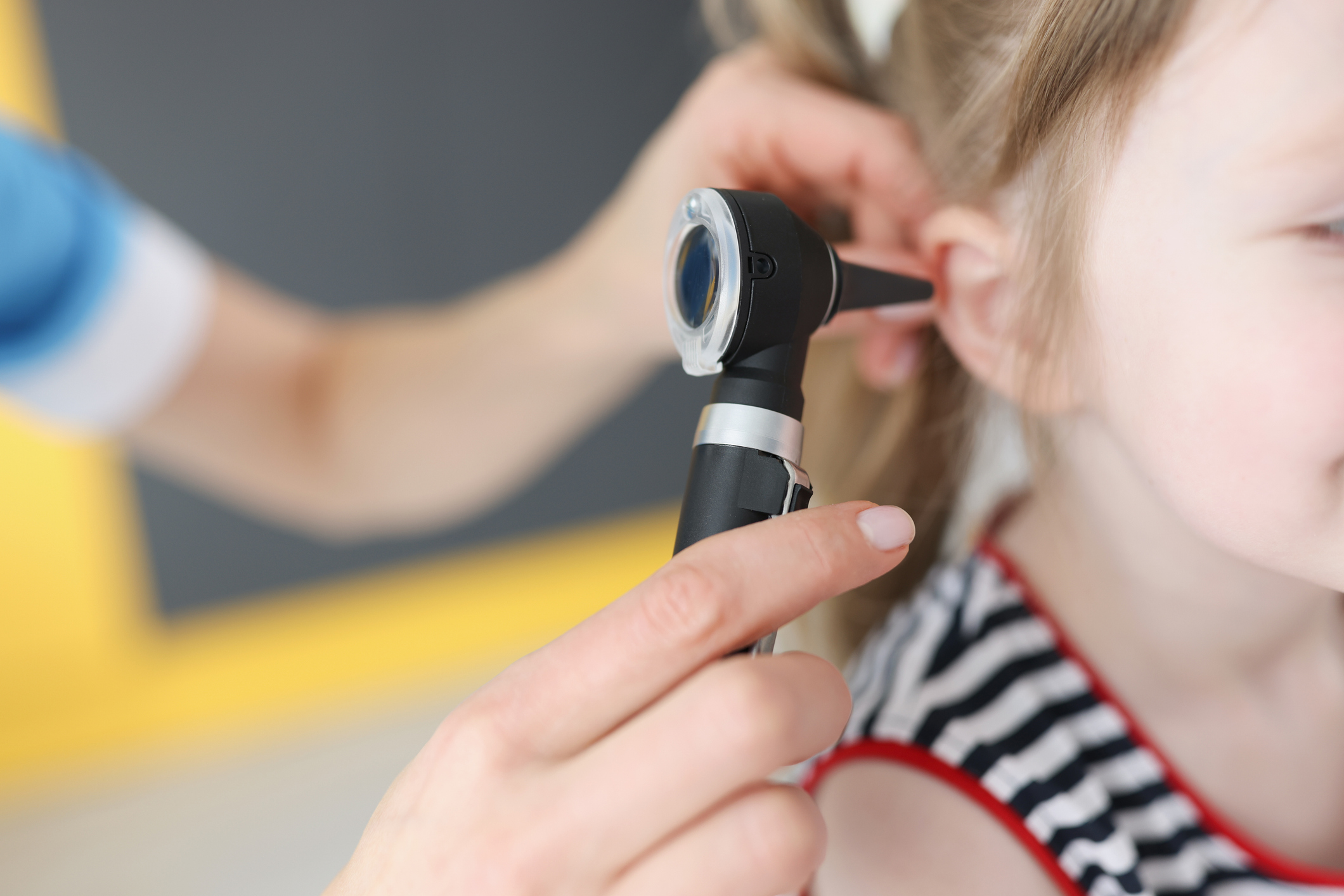Keloids are formed from an over production of collagen. Most commonly to those between the ages of 20 and 30 years old, however anyone is prone to developing a keloid scar. The appearance of these scars are shiny, raised and often firm to the touch. The process of a keloid forming is when the skin suffers trauma and scar tissue builds over the wound. Excess scar tissue can then develop over this which leaves a scar larger than the wound sustained, this type of scarring is referred to as a ‘Keloid’.
Keloids are most common on the chest, sternum, shoulders, chin, neck, lower legs and earlobes. Following any injuries, if the skin is tight in the affected area then this can lead to a keloid forming, which is why areas like the chest and sternum are so commonly prone to keloids. The most common injuries that can result in a keloid are in the form of ear piercings, burns and chickenpox. If undergoing surgery, it is not uncommon for a keloid to develop from your surgical scar.
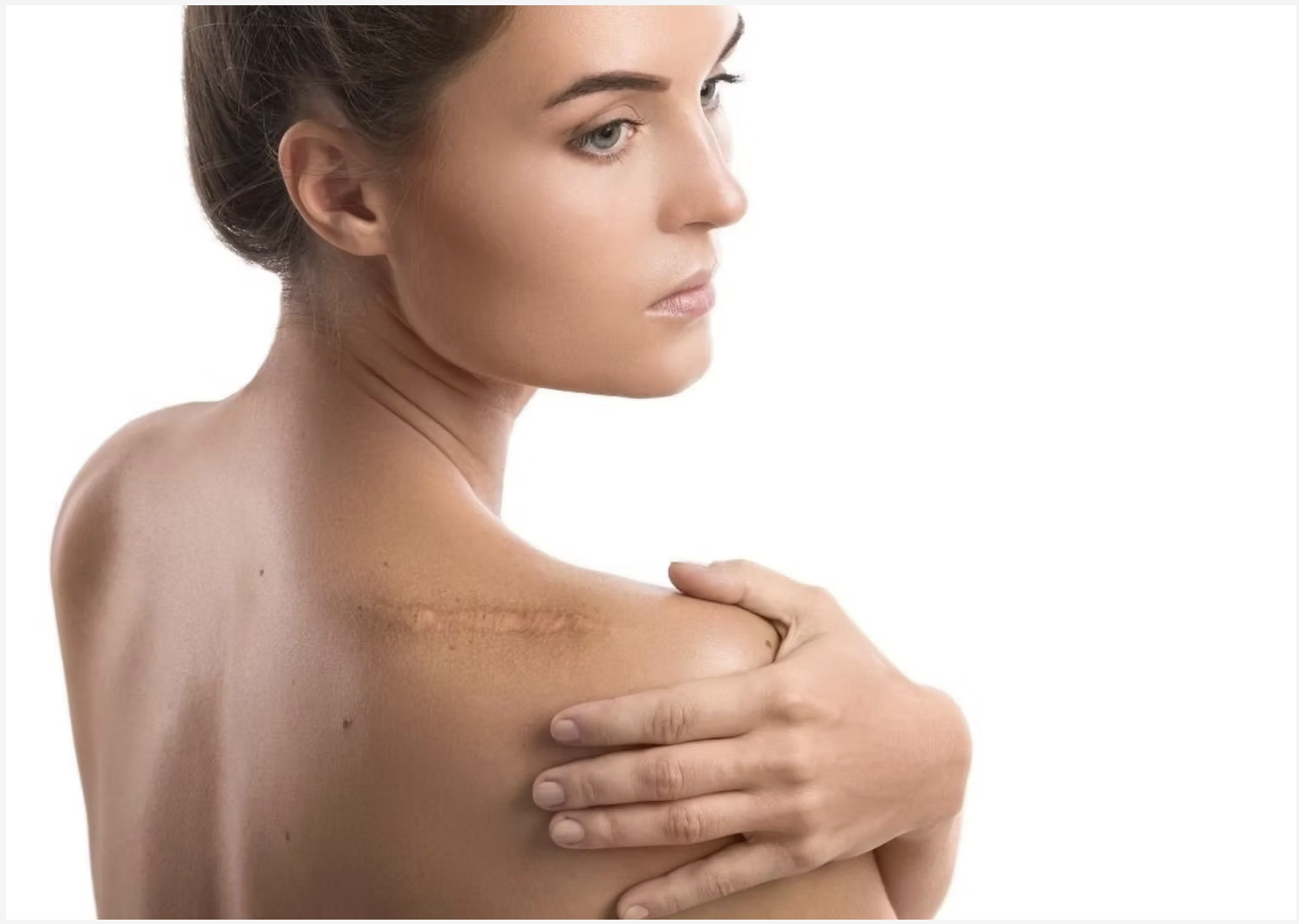
A keloid scar isn’t something that will appear immediately but rather over the course of months or years. Early signs of a keloid forming to look out for are:
-
Itchiness in an area that has sustained injury
-
Red, brown or purple bumps on skin
-
Patch of skin that is of a different texture in appearance
Treatments to reduce and flatten the appearance of a keloid can be in the form of:
-
Steroid injections
-
Freezing with liquid nitrogen
-
Applying silicone gel sheets onto the affected area
-
Surgery
-
Laser treatment
If a keloid scar is causing discomfort or insecurity and you are seeking treatment, you should visit a dermatologist to help manage your condition. Information on our dermatology services: www.healthharmonie.com/dermatology



